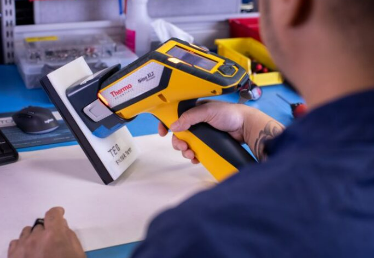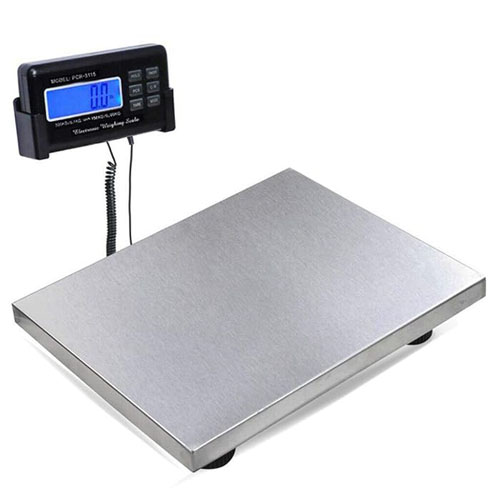
Gas Detector Calibration and Repair Services in UAE
• Toxic gas detectors are used in areas where personnel may be exposed to toxic gas
• H2S detectors are typically sited at 0.5m or less from the ground or below potential gas outlets.
• H2S smart detectors are now available with a yellow front panel with relevant information.
• Smart sensor is a Sulphide gas monitor with integral digital readout, connected to plant indicating and shutdown equipment.
• Calibration values are stored in iternal memory and the entire electronics module is fully encapsulated in compliance with international standards.
• Calibration parameters are tested by the smart sensor's advanced software before acceptance,MSA Safety, Riken Keiki, International Gas Detectors, and GDS
• The measuring ranges of this model are normally 0-20 ppm, 0-50 ppm, or 0-100 ppm.
• The sensor is a solid state, adsorption, diffusion type element that uses Hydrogen Sulphide's ability to strongly adsorb onto a selective proprietary metal oxide semiconductor.




